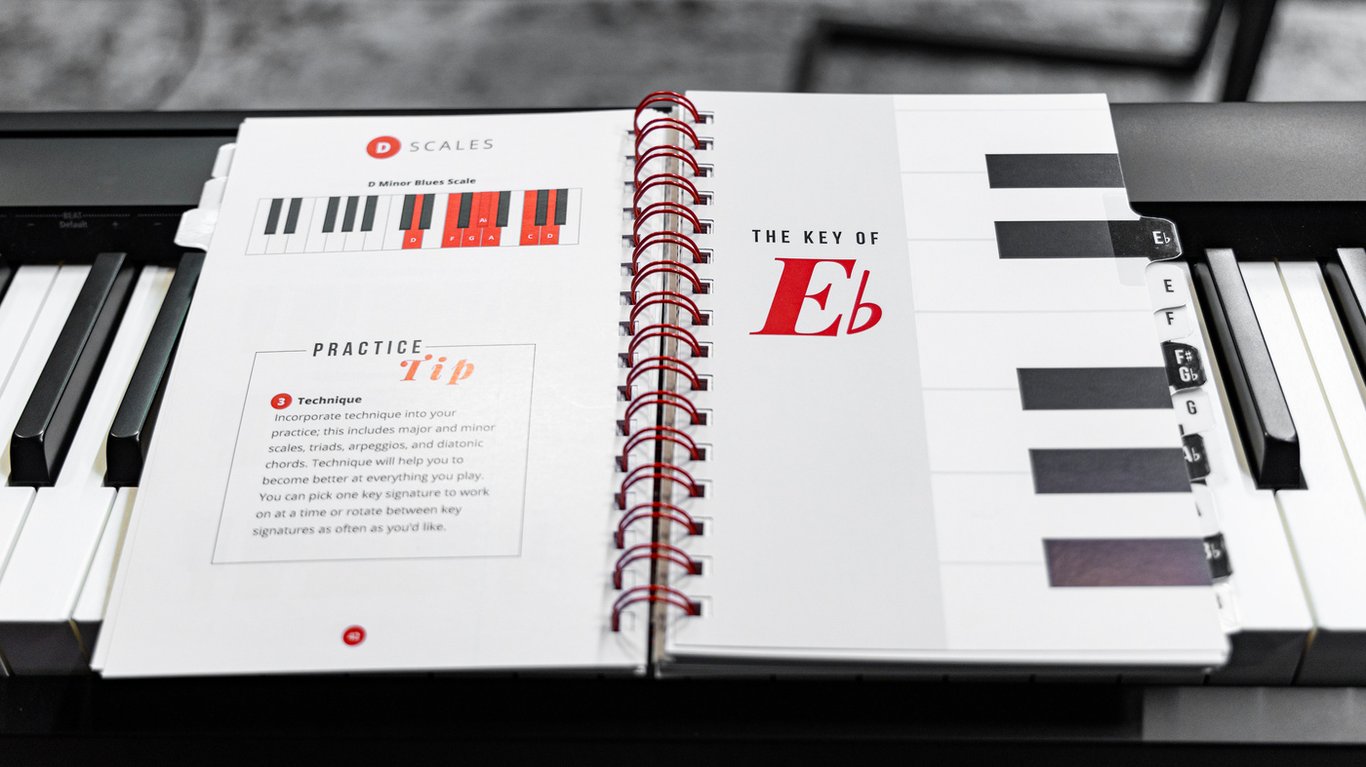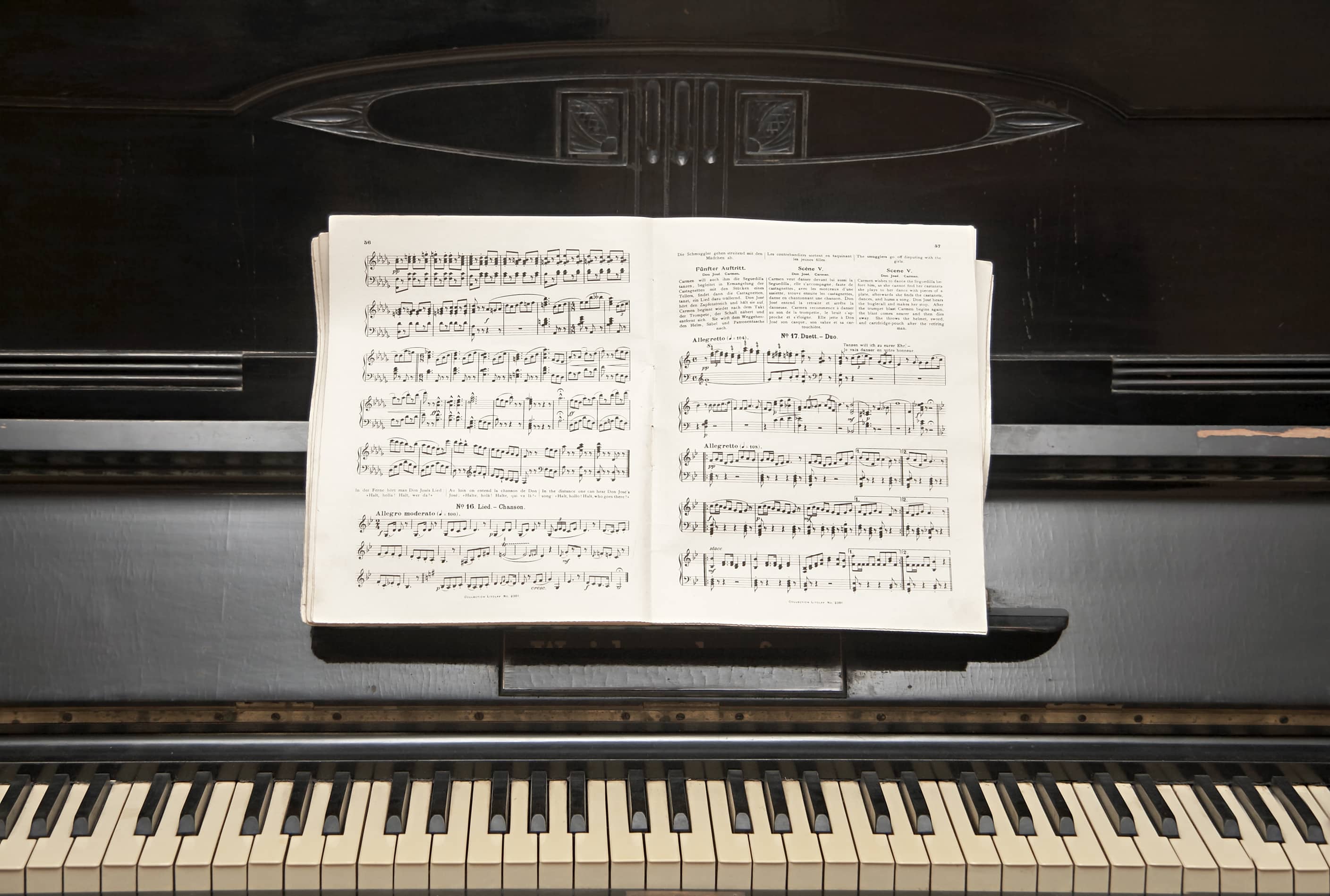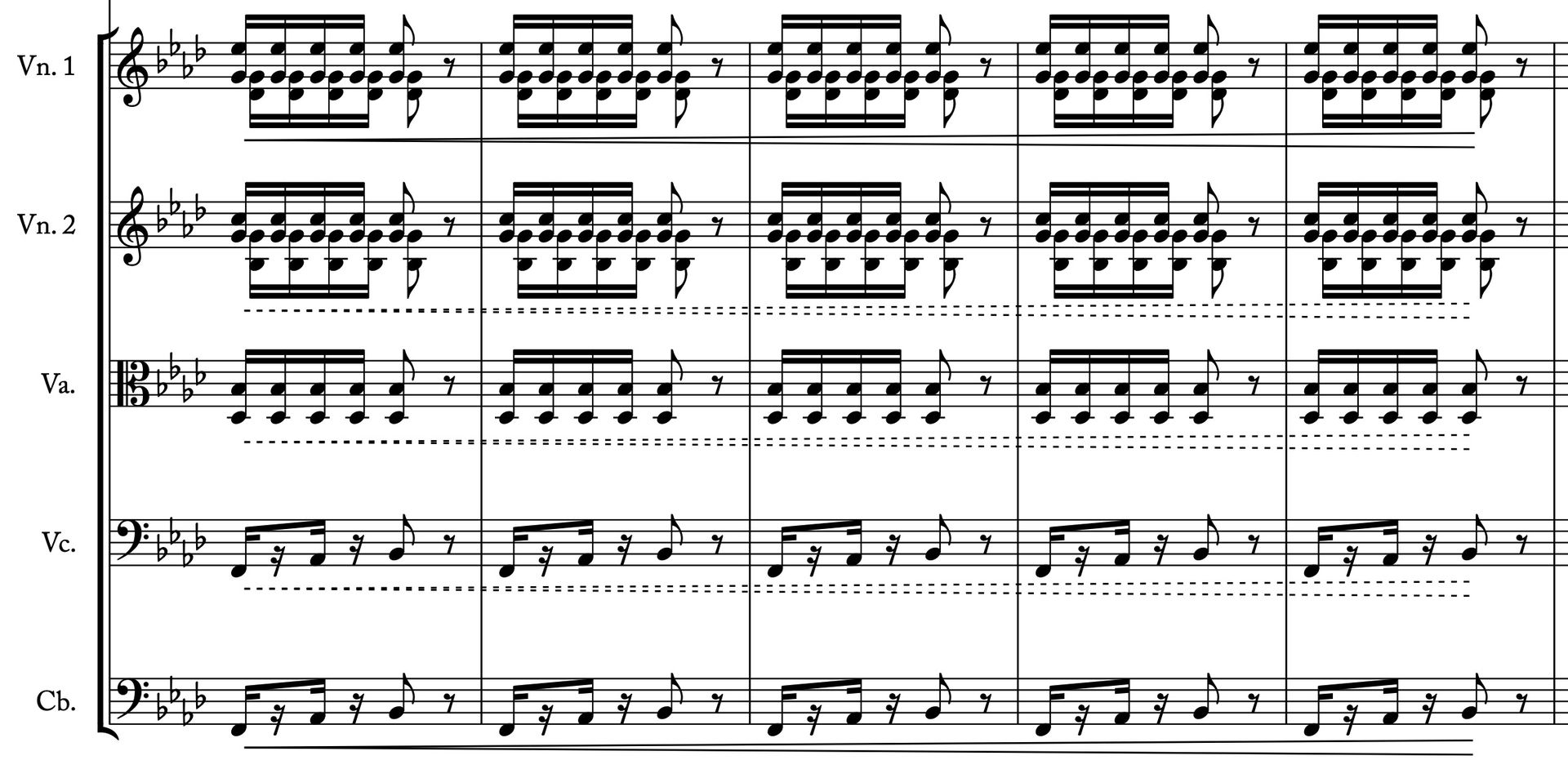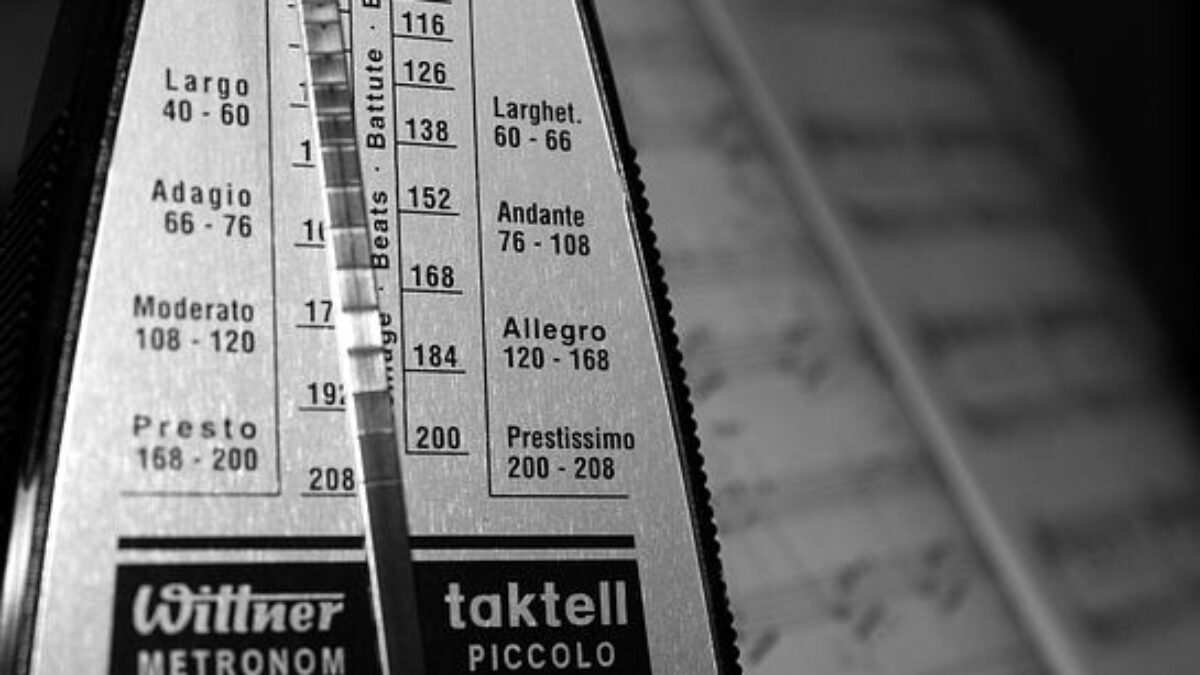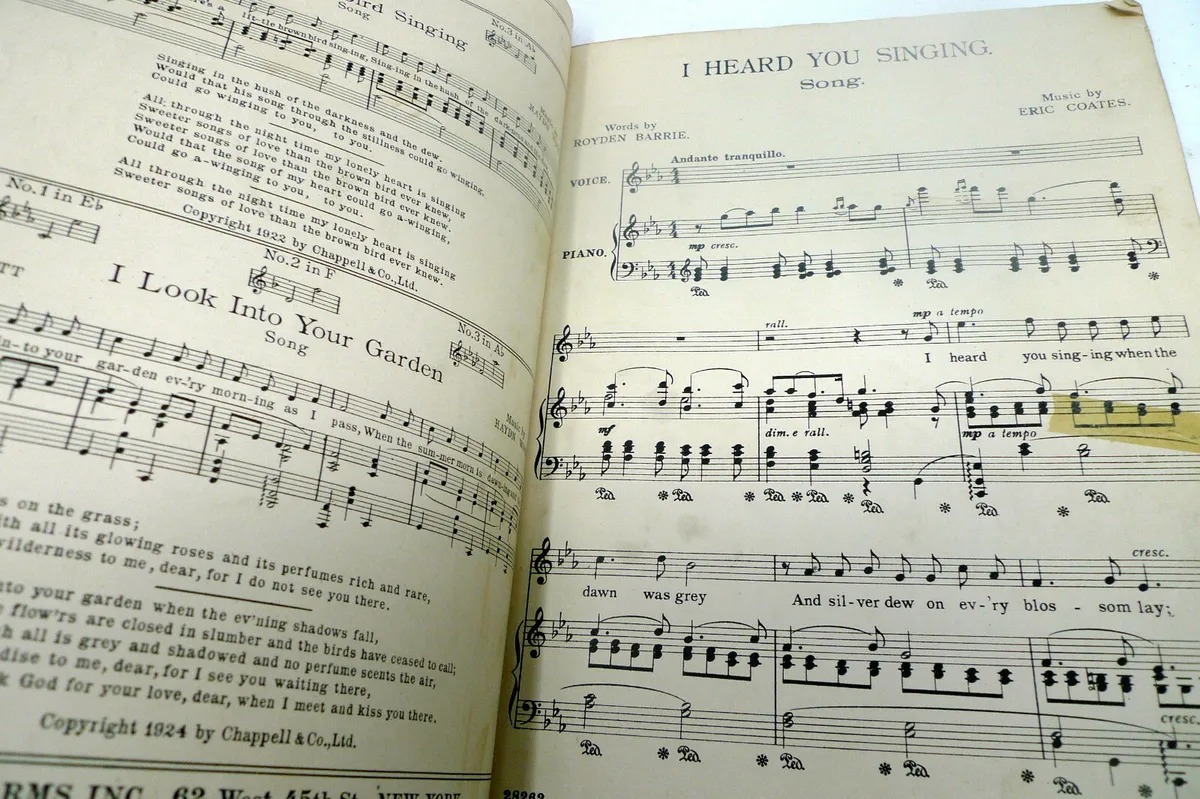Home>Instruments>Piano>How To Read Notes On Piano
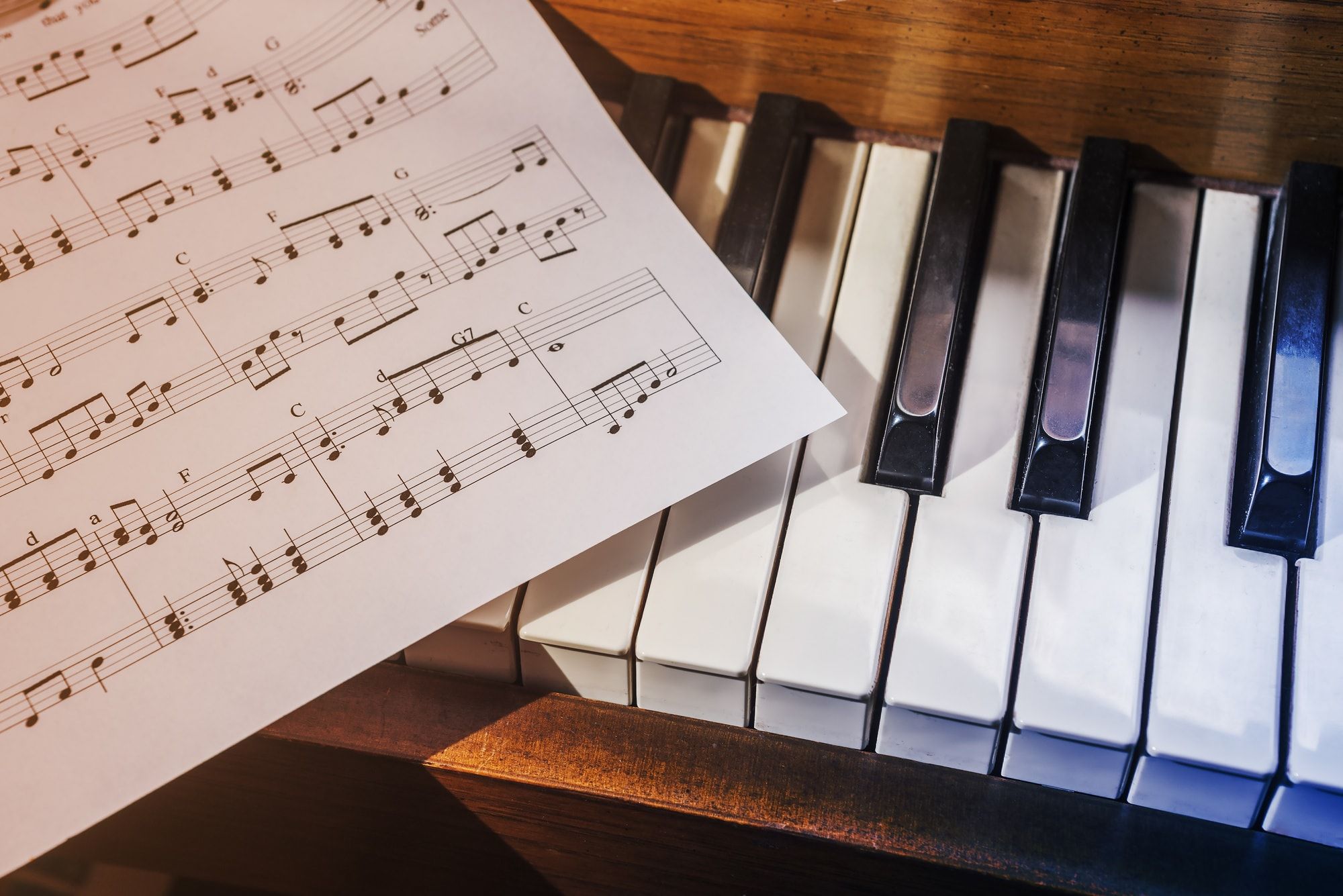

Piano
How To Read Notes On Piano
Published: February 10, 2024
Learn how to read piano notes with our comprehensive guide. Master the basics and improve your piano skills today!
(Many of the links in this article redirect to a specific reviewed product. Your purchase of these products through affiliate links helps to generate commission for AudioLover.com, at no extra cost. Learn more)
Table of Contents
Introduction
Welcome to the fascinating world of piano music! Learning to read notes on the piano is an essential skill for any aspiring pianist. Whether you’re a beginner eager to decipher the mysteries of musical notation or an experienced player looking to refine your sight-reading abilities, understanding how to read notes on the piano is a crucial step in your musical journey.
In this comprehensive guide, we’ll delve into the fundamentals of musical notation, explore the layout of the piano keyboard, and demystify the treble and bass clefs. You’ll gain insights into note durations and rhythms, and learn how to interpret them on piano music sheets. By the end of this article, you’ll have a solid foundation in reading notes on the piano, empowering you to explore a vast repertoire of musical pieces with confidence and proficiency.
So, grab a seat at the piano, let your fingers dance across the keys, and embark on this enriching adventure into the realm of musical notation and piano mastery.
Understanding the Basics of Musical Notation
Before diving into the intricacies of reading notes on the piano, it’s essential to grasp the fundamentals of musical notation. At its core, musical notation is a symbolic language that represents the pitch, duration, and intensity of musical sounds. It serves as a visual guide for musicians, allowing them to interpret and perform musical compositions with accuracy and expression.
One of the key elements of musical notation is the staff, which consists of five horizontal lines and four spaces. Notes are placed on the lines and in the spaces to indicate their pitch, with higher pitches positioned on the upper part of the staff and lower pitches on the lower part. Additionally, musical symbols such as clefs, key signatures, and time signatures provide vital information about the tonality, key, and rhythm of a piece of music.
Understanding the relationship between notes, rests, and other symbols is crucial for interpreting musical scores. Notes represent the pitch and duration of sounds, while rests denote periods of silence. Furthermore, the concept of time signature, typically displayed at the beginning of a musical piece, dictates the number of beats in each measure and the type of note that receives one beat.
As you embark on your journey to read notes on the piano, familiarizing yourself with these foundational elements of musical notation will lay a solid groundwork for your musical endeavors. With this knowledge in hand, you’ll be well-equipped to navigate the intricacies of piano music and unlock the melodies that await you.
Identifying Notes on the Piano Keyboard
As you begin your exploration of reading notes on the piano, it’s essential to acquaint yourself with the layout of the piano keyboard. The standard piano keyboard comprises 88 keys, including both white and black keys. These keys represent different musical notes, and understanding their arrangement is fundamental to reading and playing piano music.
The white keys on the piano represent the natural notes, which are the familiar letters A through G in the musical alphabet. The pattern of two black keys followed by three black keys repeats across the keyboard, providing a visual reference for locating specific notes. The black keys, known as sharps and flats, enable the pianist to play the remaining notes that fall between the natural notes.
Each note on the piano keyboard corresponds to a specific position on the musical staff, allowing pianists to translate the notes on the sheet music to their corresponding keys on the keyboard. This connection between the written notation and the physical keys is essential for accurately interpreting and performing musical pieces.
As you familiarize yourself with the piano keyboard, take note of the patterns and relationships between the notes. Understanding the layout of the keys and their corresponding notes will greatly facilitate your ability to read and play piano music fluently. With practice and patience, you’ll develop a strong foundation in identifying notes on the piano keyboard, paving the way for a rewarding musical journey.
Reading Notes on the Treble Clef
When delving into the realm of piano music, the treble clef plays a pivotal role in representing the higher range of notes on the staff. Also known as the G clef, the treble clef notates the notes played with the right hand on the piano and spans a wide range of pitches, from middle C and beyond. Understanding how to read notes on the treble clef is essential for pianists, as it unlocks a myriad of melodies and harmonies.
The treble clef symbol is characterized by its graceful swirl and a dot that indicates the line representing the note G. This symbol is positioned at the beginning of the staff, signifying that the lines and spaces correspond to specific notes. The lines of the treble clef staff, from bottom to top, represent the notes E, G, B, D, and F, while the spaces spell out the word FACE, representing the notes F, A, C, and E.
As you encounter notes on the treble clef in piano music sheets, remember that each note’s position on the staff corresponds to a specific key on the piano keyboard. For instance, the note E on the treble clef staff aligns with the E key on the piano keyboard, and so forth. By familiarizing yourself with the relationship between the treble clef staff and the piano keyboard, you’ll be able to seamlessly translate the musical notation into captivating melodies at the piano.
Mastering the art of reading notes on the treble clef opens up a world of musical expression and creativity. As you immerse yourself in the enchanting melodies written in the treble clef, you’ll embark on a musical journey filled with passion, emotion, and the joy of bringing beautiful compositions to life through the piano.
Reading Notes on the Bass Clef
As you deepen your understanding of piano music, acquainting yourself with the bass clef is essential for capturing the rich and resonant tones that form the foundation of many musical compositions. Also known as the F clef, the bass clef notates the lower range of notes on the staff and is commonly played with the left hand on the piano. Mastery of reading notes on the bass clef empowers pianists to explore a diverse repertoire of melodies that resonate with depth and emotion.
The bass clef symbol, with its distinctive two dots, encircles the line representing the note F. Positioned at the beginning of the staff, the bass clef denotes specific notes on the lines and spaces. The lines of the bass clef staff, from bottom to top, represent the notes G, B, D, F, and A, while the spaces spell out the word All Cows Eat Grass, representing the notes A, C, E, and G.
When encountering notes on the bass clef in piano music sheets, it’s essential to understand how each note’s position on the staff corresponds to a specific key on the piano keyboard. For instance, the note G on the bass clef staff aligns with the G key on the piano keyboard, and so on. This correlation enables pianists to seamlessly translate the written notation into the resonant and expressive tones that define the lower register of the piano.
Delving into the art of reading notes on the bass clef unveils a world of musical depth and expression. As you immerse yourself in the captivating melodies written in the bass clef, you’ll embark on a musical journey filled with resonance, emotion, and the profound satisfaction of bringing the foundational elements of music to life through the piano.
Understanding Note Durations and Rhythms
As you delve into the intricacies of piano music, it’s essential to grasp the concepts of note durations and rhythms, which are integral to interpreting and performing musical compositions with precision and expression. Notes in musical notation not only represent pitch but also convey the duration for which they should be played. Understanding note durations and rhythms empowers pianists to infuse their performances with rhythmic vitality and musical phrasing.
Notes are assigned specific durations, indicated by the presence of various note shapes and symbols. The most common note durations include whole notes, half notes, quarter notes, eighth notes, and sixteenth notes, each representing a fraction of a measure’s duration. Additionally, rests, denoted by symbols of varying shapes, indicate periods of silence that contribute to the rhythmic structure of a musical piece.
Furthermore, the concept of time signature, typically displayed at the beginning of a musical score, provides essential information about the rhythm and meter of a piece. The top number in the time signature signifies the number of beats in each measure, while the bottom number indicates the type of note that receives one beat. This foundational element of musical notation guides pianists in maintaining a steady and coherent rhythmic flow throughout a composition.
Mastering note durations and rhythms equips pianists with the ability to navigate the ebb and flow of musical phrases, accentuate melodic motifs, and convey the expressive nuances embedded within a composition. By internalizing the rhythmic intricacies of piano music, pianists can breathe life into the notes on the page, creating captivating and dynamic performances that resonate with both precision and emotion.
Putting It All Together: Reading Notes on Piano Music Sheets
Reading notes on piano music sheets is the culmination of understanding musical notation, identifying notes on the piano keyboard, and interpreting the treble and bass clefs. As you embark on this harmonious journey, the integration of these elements empowers you to transform written musical symbols into captivating melodies at the piano.
When approaching a piano music sheet, the treble and bass clefs provide a roadmap for navigating the notes that span the entire musical staff. The treble clef represents the higher register of notes played with the right hand, while the bass clef denotes the lower register of notes played with the left hand. Understanding the relationship between the notes on the staff and their corresponding keys on the piano keyboard is fundamental to translating the notation into melodic expressions.
As you encounter notes on the piano music sheet, their placement on the staff, along with their specific shapes and stems, conveys essential information about pitch and duration. By integrating your knowledge of note durations and rhythms, you can infuse the music with expressive phrasing and rhythmic vitality, bringing depth and nuance to your performances.
Additionally, the presence of musical symbols such as dynamic markings, articulations, and tempo indications further enriches the interpretive process, allowing you to imbue the music with emotive and dynamic contrasts. These elements, combined with your understanding of note durations, rhythms, and the nuances of the treble and bass clefs, enable you to breathe life into the musical composition and convey its inherent beauty and emotion.
Ultimately, reading notes on piano music sheets transcends the mere deciphering of symbols; it embodies the art of musical storytelling and expression. As you synthesize your understanding of musical notation and piano fundamentals, each note on the page becomes a gateway to evocative and immersive musical experiences, inviting you to embark on a journey of creativity, interpretation, and artistry at the piano.


